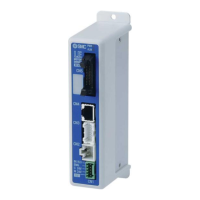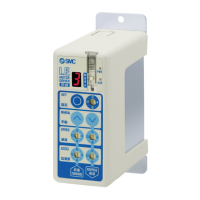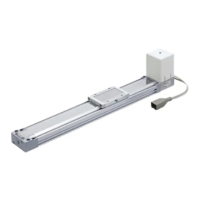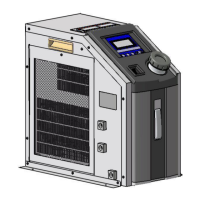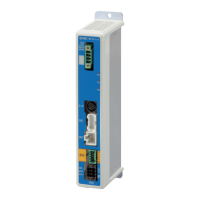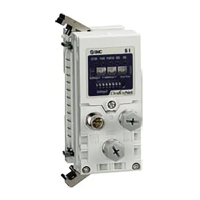19.EtherNet/IP COMMUNICATION
Reading
connector
pin No.
Input
device
changing
parameter
(Note 2)
Status
reading
selection
parameter
(Note 3)
LSP/LSN
output
reversing
paramete
r (Note 4)
Negative limit switch
[Pr. PA14] = 0
0: LSN (Reverse rotation stroke end) off
1: LSN (Reverse rotation stroke end) on
[Pr. PA14] = 1
0: LSP (Forward rotation stroke end) off
1: LSP (Forward rotation stroke end) on
Positive limit switch
[Pr. PA14] = 0
0: LSP (Forward rotation stroke end) off
1: LSP (Forward rotation stroke end) on
[Pr. PA14] = 1
0: LSN (Reverse rotation stroke end) off
1: LSN (Reverse rotation stroke end) on
home switch
0: DOG (Proximity dog) off
1: DOG (Proximity dog) on
(reserved) The value at reading is
undefined.
DI4
0: TPR1 (Touch probe 1) off
1: TPR1 (Touch probe 1) on
DI5
0: TPR2 (Touch probe 2) off
1: TPR2 (Touch probe 2) on
(reserved) The value at reading is
undefined.
Safe torque off 1
0: STO1 off
1: STO1 on
Safe torque off 2
0: STO2 off
1: STO2 on
(reserved) The value at reading is
undefined.
You can change input devices of the pin with this parameter setting. When [Pr. PD03] to [Pr. PD05] are set to "_ _ 0 0", the
ON/OFF state of each pin is returned.
With this parameter setting, you can specify whether the ON/OFF states of the input devices are returned or the ON/OFF
states of the pins are returned.
You can reverse the output with this parameter setting.
This parameter is available when [Pr. PC79] is set to "0" (the ON/OFF states of the input devices are returned) while LSP or
LSN is assigned to each pin.
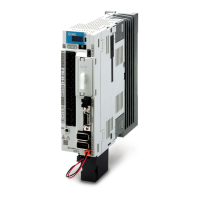
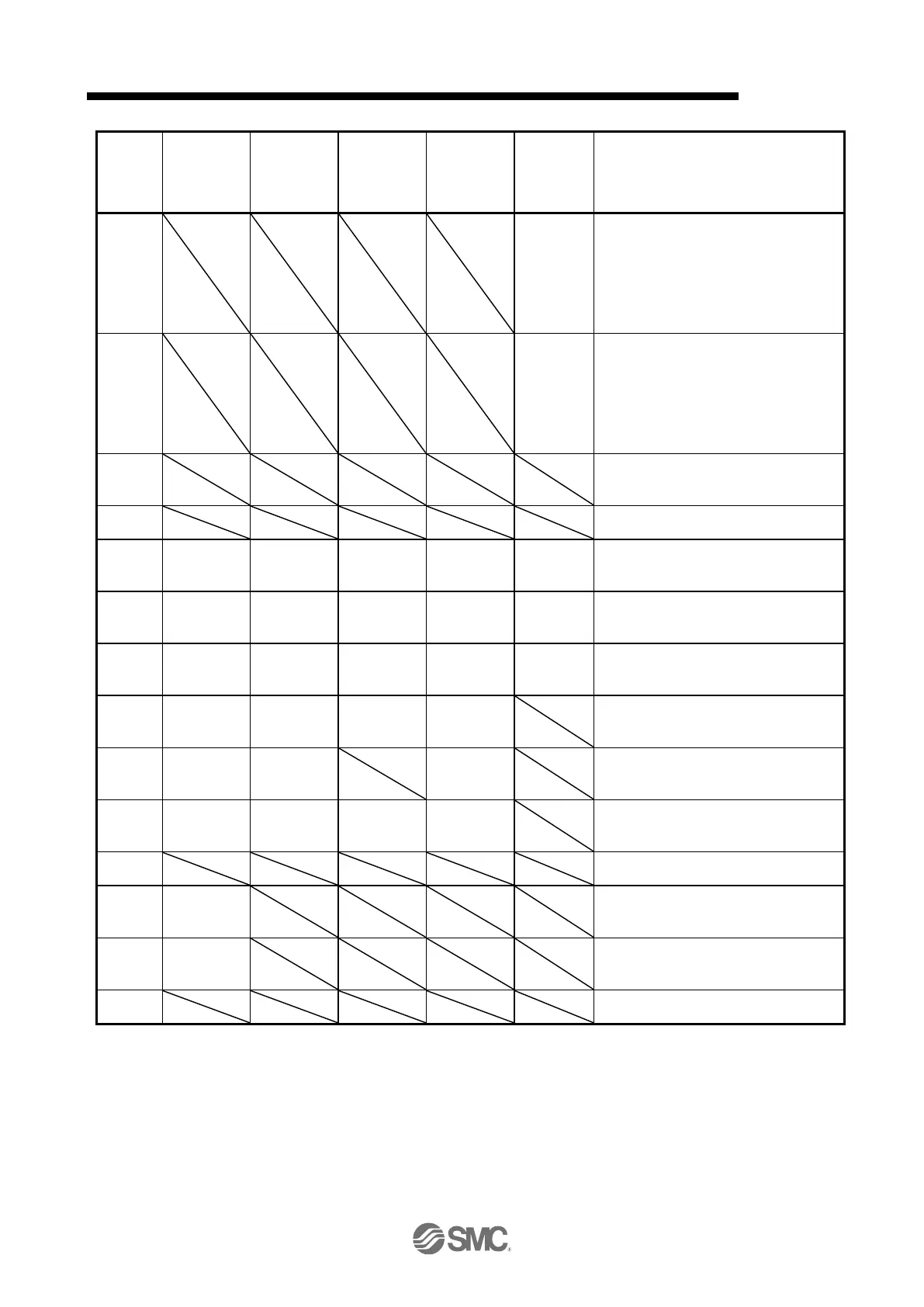